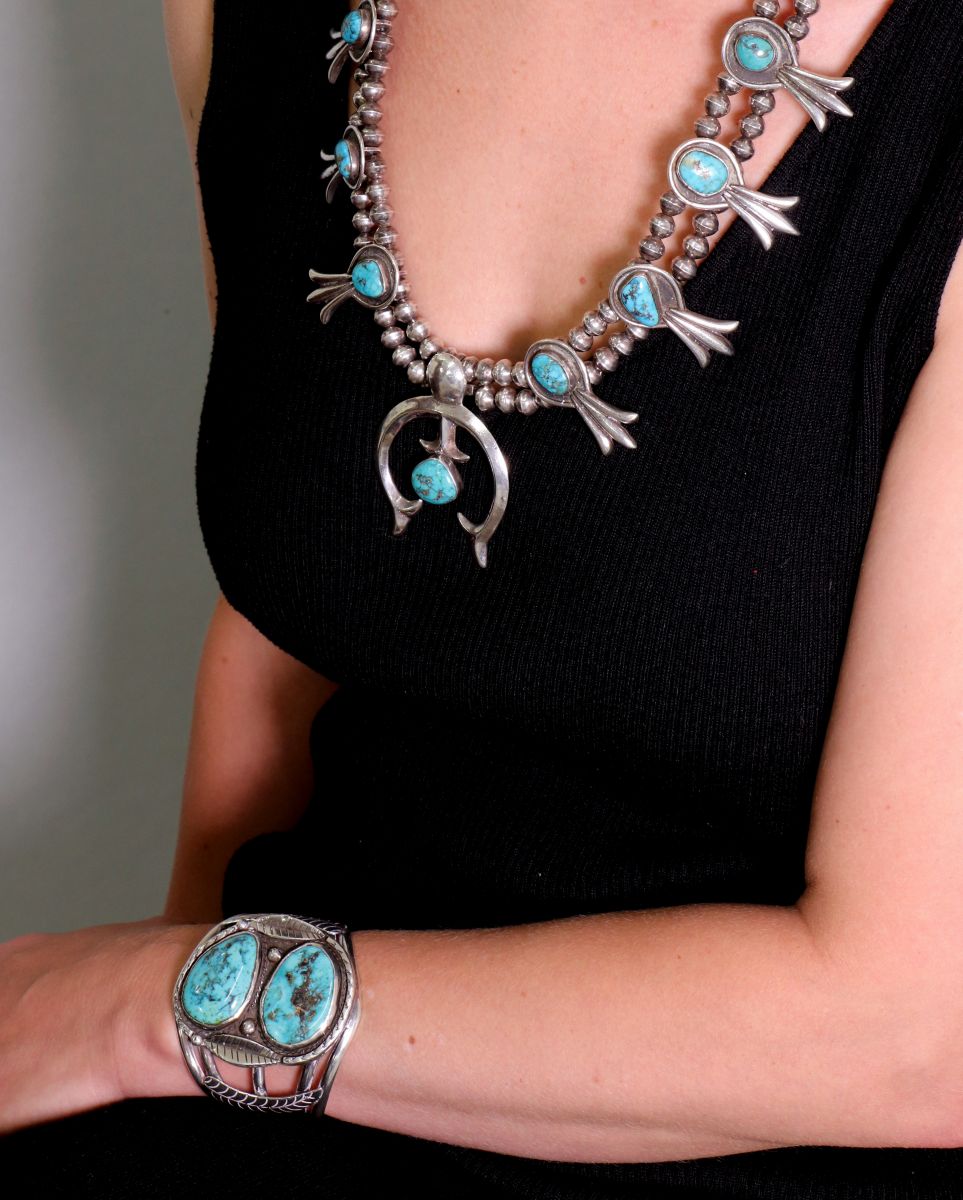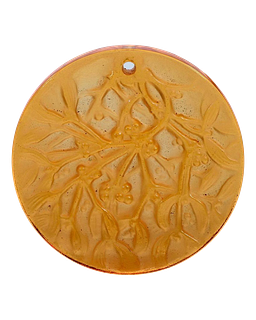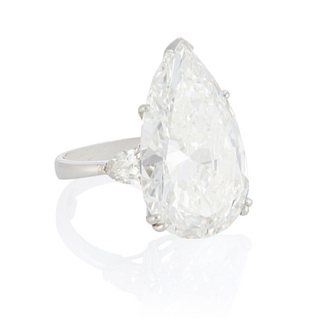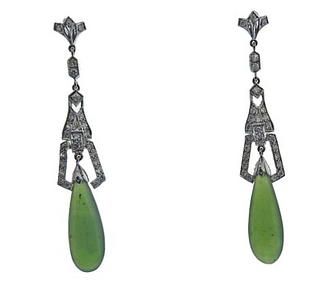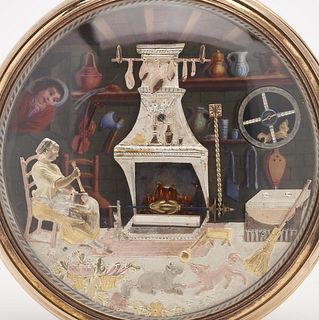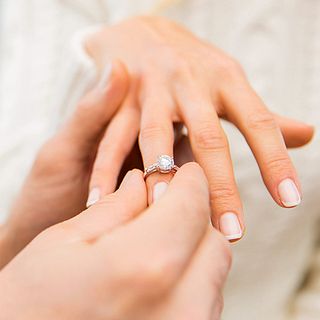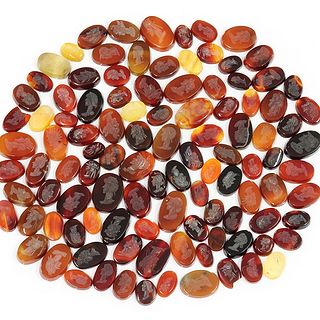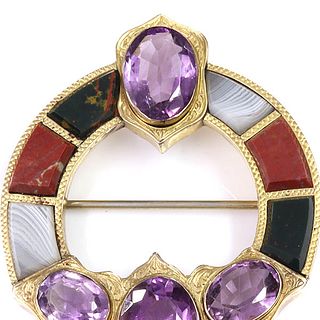Navajo Jewelry | A Legacy of Silver and Stone
When a local private vendor approached Sworders with a collection of Navajo Jewelry for inclusion in their forthcoming auction of Fine Jewelry and Watches, they felt compelled to delve deeper into history of the craft…
Pictured clockwise from top: Lot 275 - A silver Navajo turquoise squash blossom necklace, estimate £400-600 / Lot 277 - A silver Navajo torque style cuff bangle, together with a pair of silver Navajo earrings, estimate £100-150 / Lot 279 - A silver Navajo bangle, fitted with a ladies' stainless steel Omega automatic watch head, estimate £100-150 / Lot 278 - A silver Navajo turquoise set torque bangle or cuff, estimate £150-250/ Lot 276 - A silver Navajo turquoise set belt buckle, c.1970, estimate £200-400
The Native American Navajo tribe’s tradition of jewelry making dates back to the 19th century when tribe members began working with silver acquired from the Spanish.
Atsidi Sadi is widely believed to be the first Navajo to learn the craft of silversmithing, evolving his primary skill of blacksmithing to work with the metal in as early as 1860. The earliest items to have been discovered are concho belts made from hammered Mexican or U.S. silver coins, bracelets and necklaces, but as the tribe perfected their craft, they expanded to produce a full range of decorative jewelry.
Turquoise began to appear in Navajo Indian jewelry in around 1880, believed to have been sourced from the Santo Domingo tribe, and by 1885, the gemstone was in high demand. One story goes that the Ancient Native Americans believed turquoise to be pieces of the sky. In prehistoric times it was mined for adornment purposes – to produce drilled beads and ornaments. It remains popular to this day due its unique hue and patterning.
Pictured: Lot 275, A silver Navajo turquoise squash blossom necklace / Lot 278, A silver Navajo turquoise set torque bangle or cuff
When tourism elevated in the 1920s, visitors to the area were keen to bring back a piece of Navajo jewelry as a souvenir. Particularly popular were squash blossom necklaces, with their hallmark tri-petal silver beads. Supposedly, the shape of these beads was inspired by the Spanish design of a pomegranate. The centerpiece of a squash blossom necklace is the naja crescent-shaped pendant. Worn for beauty and pride - the crescent did not necessarily symbolize a respect for Christianity or the Moorish influence on the Spanish from whom the Navajo people borrowed the symbol.
Today’s Native American Navajo jewelry encompasses both tribal and Spanish designs, combining the traditional and the contemporary to transcend old styles.
Browse the upcoming Sworders auction, Fine Jewelry and Watches | July 27 and register to bid live online via Bidsquare.
- Treasures of the East: Highlights from Brunk Auctions' Asian Art Sale
- Pre-Columbian Art & Beyond: Timeless Legacies of the Ancient Americas
- Featured Artist: Frank Stella (1936–2024)
- A Vanderbilt & Whitney Legacy: The Collection of Marylou Whitney & John Hendrickson
- Behind the Curtain: The Tony Walton Collection at Willow Auction House
- Fine Western & American Art: Coeur d’Alene’s November Sale Celebrates the Spirit of the West
- A Library of Curiosities
- The Poetry of Form: Jean (Hans) Arp’s Lasting Influence on Modern Art
- Modern Meets Antiquity: House of Craven’s Fall Modern Art & Design Signature Auction
- Diving Into History: Nation’s Attic’s Annual Auction Explores the Depths of Diving Innovation



 EUR
EUR CAD
CAD AUD
AUD GBP
GBP MXN
MXN HKD
HKD CNY
CNY MYR
MYR SEK
SEK SGD
SGD CHF
CHF THB
THB
